Sainsbury’s Nectar Prices expansion into meat, fish and poultry, announced last week, is a canny move. It bolsters the number of products in the scheme to 3,500 – a huge sum for an initiative launched just this April.
Not only has Sainsbury’s flooded the market with a large range of deals, but they also often offer better value when it comes to price point.
In fact Nectar card holders, according to The Grocer’s analysis of Assosia data, are benefiting from price cuts of up to 34% on Sainsbury’s products.
Across 74 new meat, fish and poultry products, Sainsbury’s offered the cheapest deal in two thirds of cases when compared with similar products at Asda, Morrisons and Tesco. Sainsbury’s was exclusively cheapest on 31 products in total, including for its Taste the Difference British Pork Chipolata sausages, at £2.15.
But the retailer is looking beyond Nectar Prices when it comes to value. Asda won the Grocer 33 end of year award for price in June, but it was Sainsbury’s with 11 winning baskets (12 if Nectar Prices were factored in) that posed the greatest threat to Asda’s 26 years of dominance.
Tesco, which did not take a single win this year or last, lost out to Sainsbury’s on price. Even if Clubcard Prices had been factored in, Tesco would still have won only 10 baskets.
Investing in price cuts is working
Sainsbury’s discounting success could very well continue, as the retailer announced a £15m investment in price cuts on store cupboard staples last month.
The retailer has also made a raft of cuts to its own-label dairy lines and rebranded its Stamford Street value range as it pivots to advertise its pricing credentials.
Investing in price cuts is working for Sainsbury’s. The retailer’s latest results show grocery sales up 11% during the quarter to 24 June, which CEO Simon Roberts put down to Nectar Prices and wider value initiatives.
For a retailer whose narrative has historically been about quality and choice, the shift to value is an interesting move, but not particularly surprising given the cost of living crisis.
However, a business’s gains can often lead to a loss for another. In this case, Sainsbury’s ferocious price-cutting has raised questions about how its suppliers may be affected.
Loyalty scheme prices tend to be funded by the brands themselves, rather than the retailers. When the Nectar Prices scheme was first launched, the offers were primarily on big brands: Heinz, Nescafé, Coke, Kellogg’s and Corona – brands that can afford to take the risk on price cuts in the hopes of increased sales.
It’s not just brands feeling the pinch. The price cuts are affecting meat and fish-dominated own-label suppliers too.
Poultry supply chain has been a ‘breaking point’
Chicken, for example, has seen an annual increase in production costs of 18%-20% according to the British Poultry Council.
2 Sisters’ Food Group president Ranjit Singh warned in May that the poultry supply chain was at “breaking point” due to low returns, as inflation across poultry represented some of the lowest across fresh food.
Key chicken lines have been included in the latest Nectar Prices, including Sainsbury’s Roast in the Bag whole chicken and Sainsbury’s Tikka chicken breast.
When retailers don’t consider their suppliers enough, the consequences are clear. Despite warnings from producers, retailers failed to address issues in the egg supply chain which resulted in shoppers facing empty shelves this year.
In January, apple producers simply stopped planting in response to unaddressed production costs.
The focus on value, while great for the customer, can cause problems further down the line. If the retailer continues to compete more fiercely on price, finding the balance between shoppers and suppliers will become more challenging.





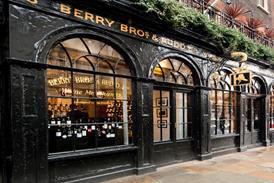


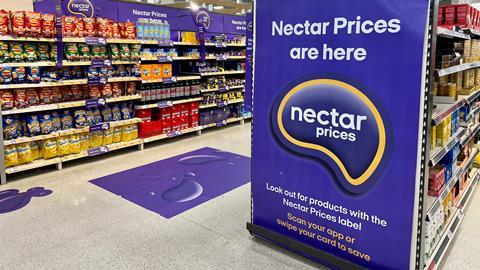



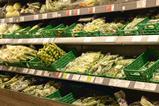
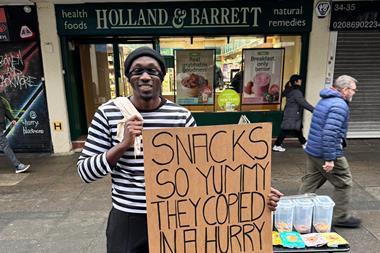
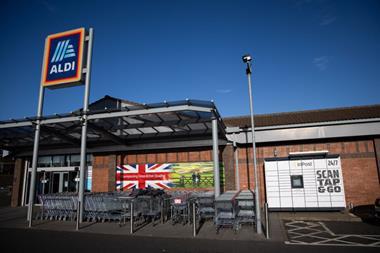
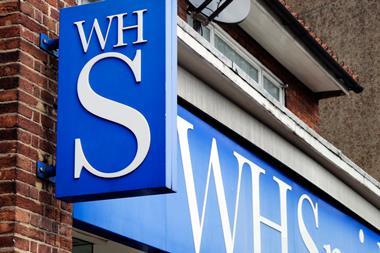







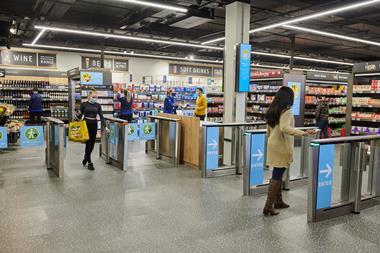

No comments yet